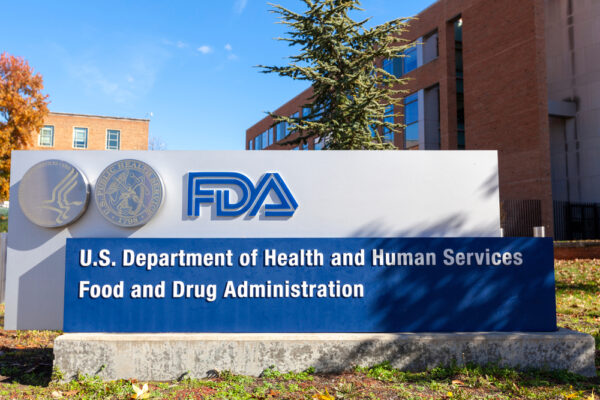The opioid crisis, declared as a national health emergency by President Trump, is a growing problem that has affected millions of Americans. And national concerns related to these drugs don’t stop with their misuse, according to a recent study which has found that many malpractice claims in America are directly linked to the opioid crisis.
Surveying over 10,000 cases spanning from 2012 through 2016, researchers noted a disturbing pattern; that opioids account for more medical malpractice claims than any other classification of drugs—according to the data, almost 1 in every 4 medical malpractice drug-related claims involve opioids.
So why such a prevalence? Researchers point to physician carelessness or mismanagement as one possible cause. Sometimes doctors renew a patient’s prescription without assessing the status of their health, or one must consider the lost layer of a pharmacist monitoring their customers’ refills—thanks to mail-order and big box retailer pharmacies. These large-scale pharmaceutical distribution points also allow for mistakes to be made; the aforementioned study found that as much as 31 percent of opioid medical malpractice claims involved errors in the ordering process.
Another cause of these malpractice claims is physicians acting inappropriately when discussing treatment options with patients. In about 15 percent of the cases reviewed, patients were often able to persuade doctors to write opioid prescriptions even when the practitioner initially had reservations. There could be a myriad of reasons as to why a doctor would defer to a patient’s judgment on this issue, but none outweigh the potential for overprescribing.
Many are scrambling to get opioids under control, both on a local and federal level—but it’s hard to assess how effective new regulations might be in reducing the number of malpractice lawsuits. One author of the report, Bob Hanscom, points out that the over complication of our current healthcare system might be contributing to the issue. “With many patients seeing many doctors in different systems and with multiple medications, it can be hard to keep up,” says the report. Hanscom believes that the solution might simply lie in better communication between patients and physicians.

The Legal Examiner and our Affiliate Network strive to be the place you look to for news, context, and more, wherever your life intersects with the law.













Comments for this article are closed.